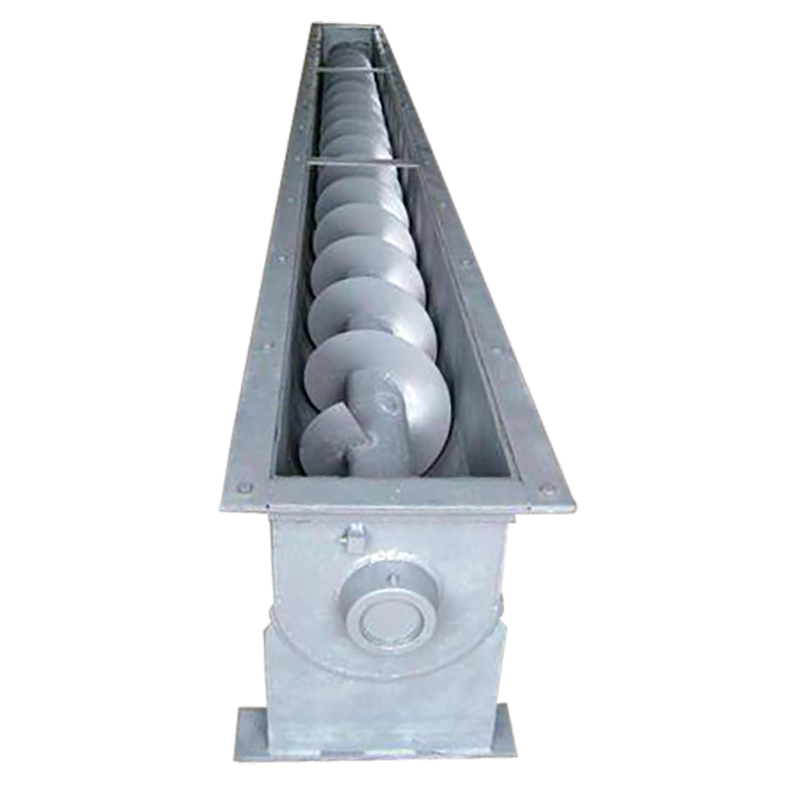Spiral Chip Conveyor for CNC—Jam-Resistant and Compact?
Spiral Chip Conveyor: What’s Changing, What Matters, and What to Buy
If you’ve ever tried to move tangled aluminum swarf or stringy wood chips in a cramped machine bay, you know why a spiral chip conveyor has become the quiet hero of modern shops. I just visited a facility in Shijiazhuang—100 meters east of the junction between the 307 national auxiliary road and Tianshan Street, to be precise—where the latest “spiral swarf or wood helix screw chip conveyor” builds on a simple idea: continuous helix, fewer jams, tiny footprint. Sounds basic; actually, it’s a big deal.

Industry trends I’m seeing
- Shops want conveyors that fit under CNC lathes and routers with very little clearance.
- Coolant compatibility is a must (and yes, wood dust mitigation is finally being discussed seriously).
- Low-kW, high-torque drives are trending—energy matters, even for “boring” peripherals.
- Predictable service life with documented testing beats flashy features. Many customers say this bluntly.

Where it fits
The spiral chip conveyor excels in CNC lathes, vertical machining centers, compact woodworking lines, and any machinery device that needs less conveying space. It seems that shops running long run-times with aluminum or mixed metals see the most ROI—fewer stops to clear birds’ nests of swarf.
Core specifications (typical build)
| Helix diameter | Ø80–200 mm (≈ real-world vary) |
| Pitch | 60–160 mm (material dependent) |
| Material | 304/316 stainless or Q235 with hardface option |
| Motor | 0.37–1.5 kW, IP54/55, IEC 60034 compliant |
| Throughput | Up to 120 L/min chips (aluminum) ≈ |
| Incline angle | 0–60°, best at 30–45° for wet chips |

How it’s made (and tested)
Materials: 304/316 stainless flights for coolant-heavy lines; mild steel with wear strip for dry wood chips. Methods: laser-cut flighting, MIG/TIG weld, stress relief, and dynamic balancing to ISO 21940 class G6.3 (often better, to be honest). Inspection: dye penetrant on critical welds; motor load tests at duty cycle 70–100%; chip throughput run for 8 hours. Lab data from a recent run: aluminum 6061 chips at 35 mm curls hit 110 L/min at 0.75 kW; power draw 0.62 kW average; no stalls in 6,000-cycle test.

Why a helix beats a scraper here
- Continuous conveying surface = fewer snag points for stringy swarf.
- Compact footprint; integrates neatly under CNC base castings.
- Lower maintenance—no hinge pins, fewer wear interfaces.
- Coolant-friendly; add drip trays and sealed bearings to keep it tidy.
Vendor snapshot (quick compare)
| Vendor | Helix Range | Certs | Lead Time | Service Life (≈) |
| AgileChains (Shijiazhuang) | Ø80–200 mm | ISO 9001, CE | 3–5 weeks | 20,000–30,000 h |
| Competitor A | Ø100–160 mm | CE | 6–8 weeks | 15,000–25,000 h |
| Competitor B | Ø90–180 mm | ISO 9001 | 4–6 weeks | 18,000–26,000 h |

Customization (the fun part)
Options: variable pitch for mixed chip sizes, hopper geometry to match coolant sumps, abrasion liners, quick-release end cover, and wood-dust seals. For a spiral chip conveyor in cabinet shops, I’d add a low-speed start and a scraper lip at the discharge to reduce scatter. Small tweak, big difference.
Two quick case notes
- Automotive Tier-1: replaced a hinged-belt with a spiral chip conveyor, cut jam events by 82% and trimmed energy use ≈18% at 0.75 kW drive.
- Wood router cell: helix with dust seals reduced cleanup time ≈40 minutes/shift; operators actually asked for a second unit—rare praise.

Certifications, standards, and what to ask
Look for ISO 9001 quality systems, CE marking, motor compliance to IEC 60034, and balancing per ISO 21940. If you’re moving stainless or abrasive composites, ask for wear test data (ASTM-type abrasion tests) and duty-cycle logs. It’s not flashy, but it’s how you predict service life with fewer surprises.
References
- CEMA. Screw Conveyors for Bulk Materials, 7th ed.
- ISO 21940. Mechanical vibration — Rotor balancing.
- ISO 9001:2015. Quality management systems — Requirements.
- IEC 60034. Rotating electrical machines — Ratings and performance.








